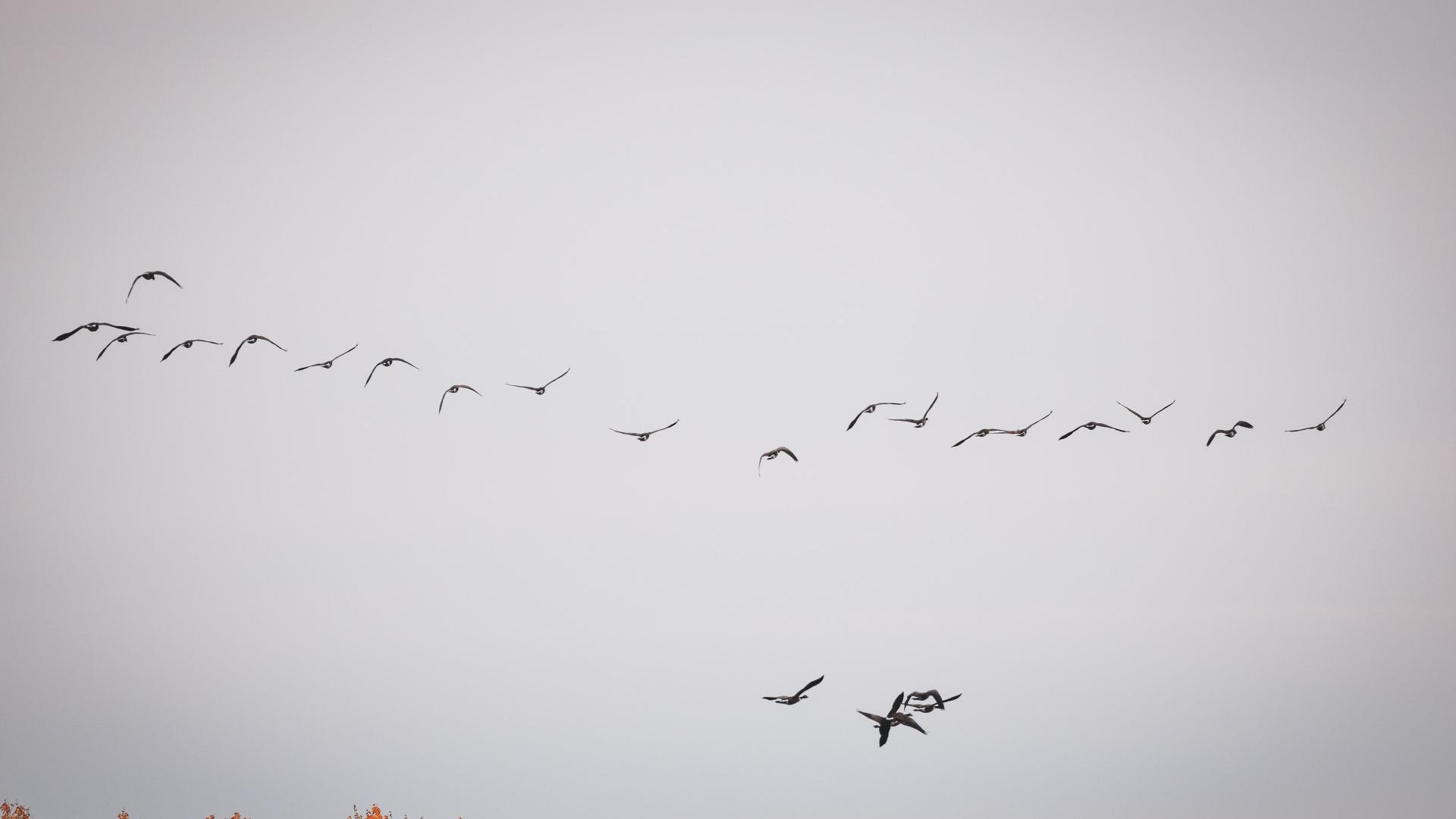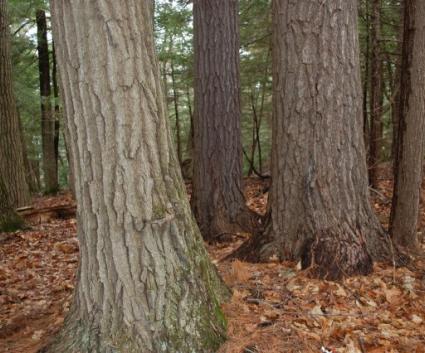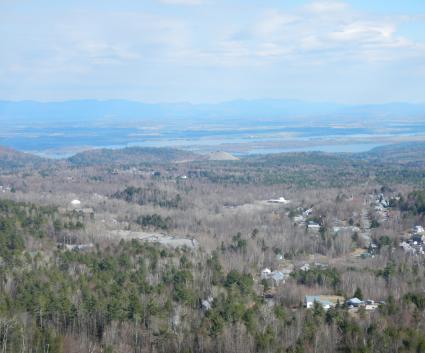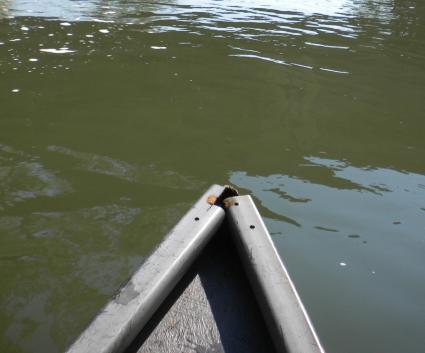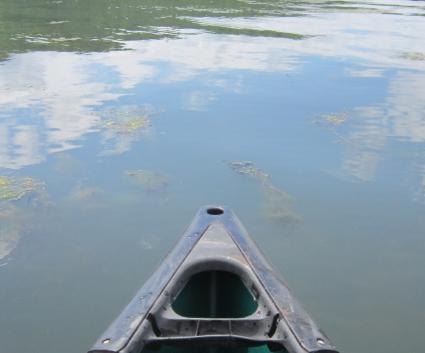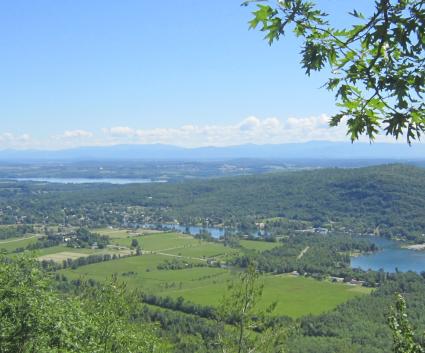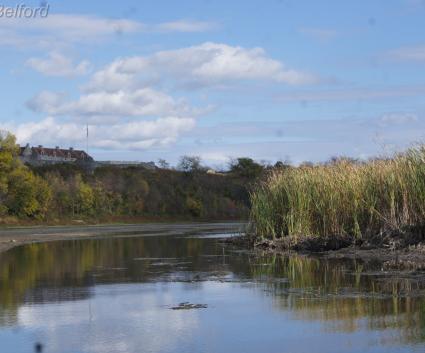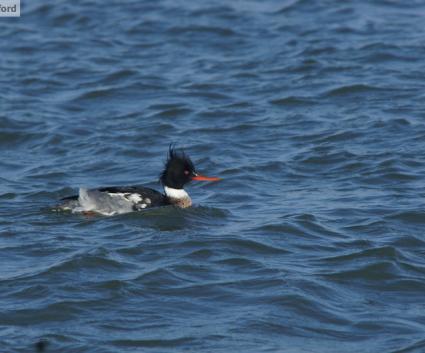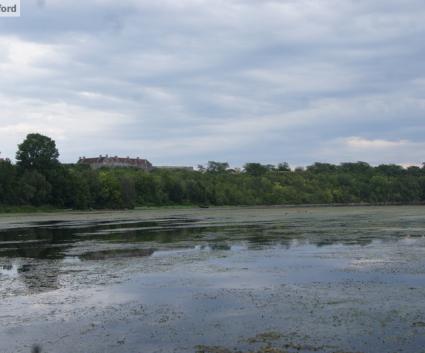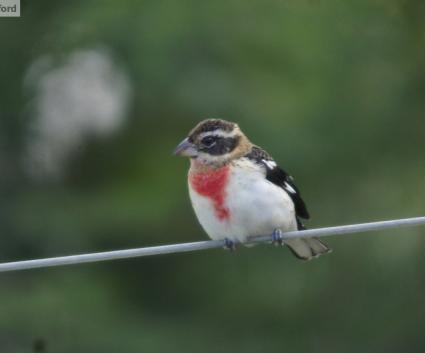Birding is exciting! And birding in the fall is especially exciting with migrants passing through the region. You really never know what you’re going to see. Sure, the Canada Geese are plentiful, but there are a lot of other birds out there!
With that hopeful excitement, I set off on Saturday, October 17, 2020 to see who and what was around the Lake Champlain Region. October 17 was the eBird and Cornell Lab of Ornithology sponsored October Big Day, when birders from around the world were encouraged to spend as much time as possible birding from midnight to 11:59 p.m. I wasn’t nearly as ambitious as a 24-hour marathon but, as one finds when birding, it was easy enough to get lost in the binoculars and spend hours in the field.
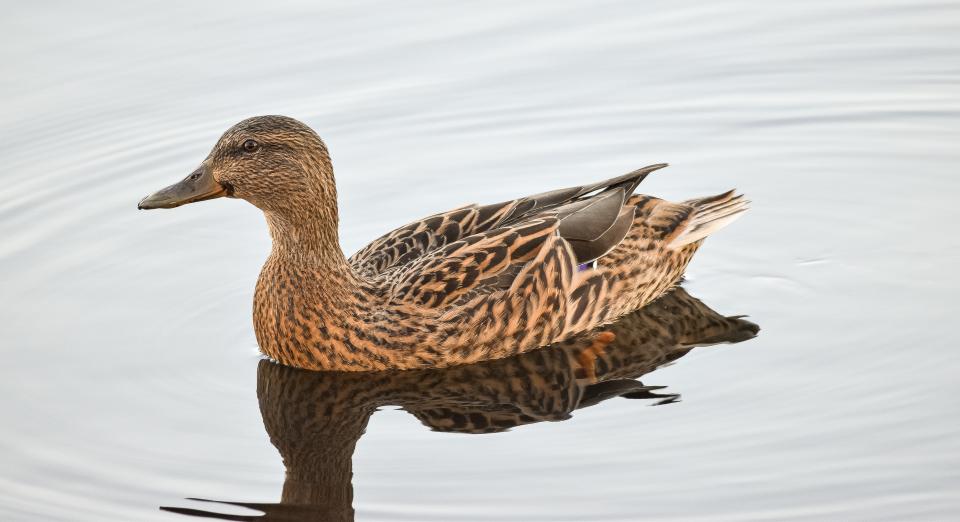
A trip to the beach
The temperatures may have dropped but the beach is still a hot place to go! My first stop of the day was the Port Douglas boat launch. And the birding began before I even shut my car off. As I put the car in park, a Double-crested Cormorant floated into the launch area. I would have been able to get a great photo but by time I got my lens all set and unpacked, the bird disappeared into the great blue Lake Champlain. I strolled along the beach and watched a few gulls fly by and heard a distant Blue Jay. A small group of Mallards were sitting on the rocks near the launch. Overall, it was quiet at Port Douglas, but the views were phenomenal and the shining sun felt great.
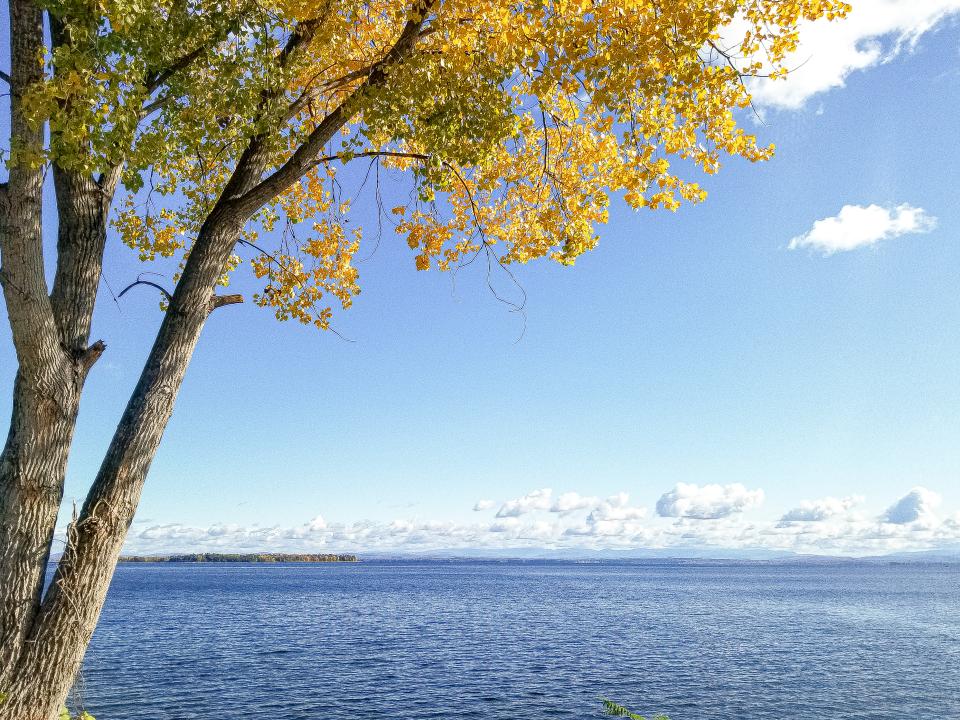
Another stop, another beach
I guess I was missing summer because my second stop for the day was the Port Kent Ferry Terminal, which also features a beach. Soaking up some rays was a large group of Ring-billed Gulls and four female Common Mergansers. Using the popular birding app eBird you’re able to see what other species have recently been seen at certain "hotspots." Another birder spotted five Surf Scoters here over the weekend. I’m a little bummed they were not around for my visit, but that just means I’ll have to come back sometime soon.
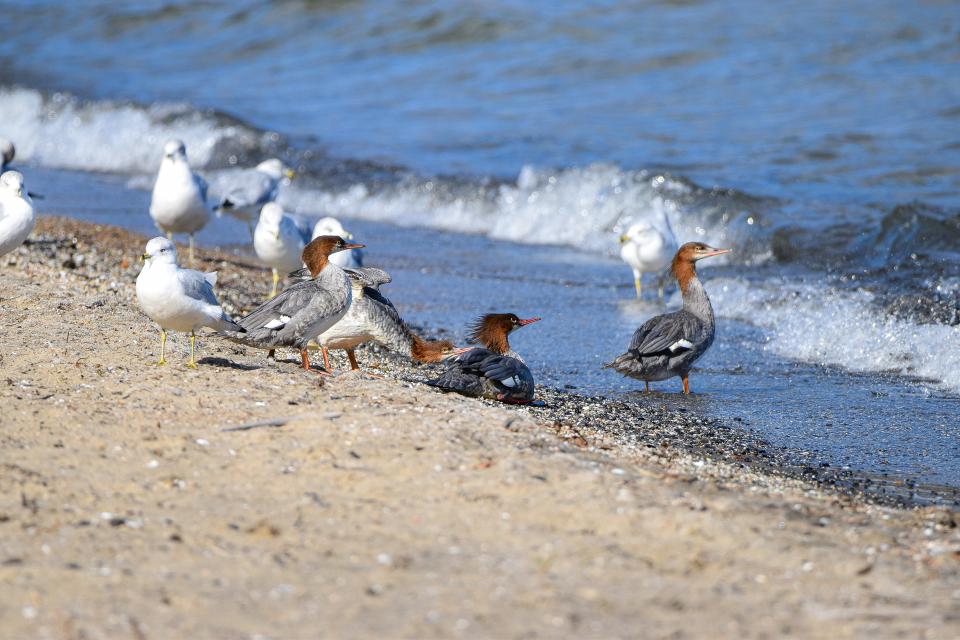
On the opposite side of the ferry terminal, away from the beach, was a large raft of Mallards. I carefully scanned the group to see if any Black Ducks were mixed in. Not today; not here anyway. Port Kent is a great place to see ducks in the fall and winter. Be sure to pack your binoculars and search the waves for Greater Scaups, Common Goldeneyes, and, maybe if you’re lucky, Tufted Ducks.
Heading inland
Stepping away from the lakeshore, I opted to visit a more sheltered location next. Just down the street from Port Kent is Wickham Marsh Wildlife Management Area. At 862 acres, this marsh is a gem in the region. Bird watchers of all ages and abilities will find the mellow trails and an accessible platform productive locations. Today, I chose to walk the trail from Lake Street and then walk down the road a little ways. A White-breasted Nuthatch and Black-capped Chickadees were singing and making a lot of noise in the mid-afternoon sun. Maybe it’s one of my flaws as a birder but sometimes as I walk, I focus so sharply on distant bird songs that I miss birds sitting right alongside the path. Such was the case when I stumbled upon a Wood Duck. I don’t know who scared who more, actually.
After about an hour, I was getting a little discouraged by the lack of waterfowl here. I suspect that nearby hunting scattered a lot of geese and ducks. It’s important to check hunting regulations before heading out, especially in fall. Wickham Marsh and Ausable Marsh around the corner are open to hunting. And while we’re on the subject of precautions, ticks are known to be present at Wickham Marsh whenever temperatures are above freezing. Be sure to stay on the trail and check yourself and others when returning to the car.
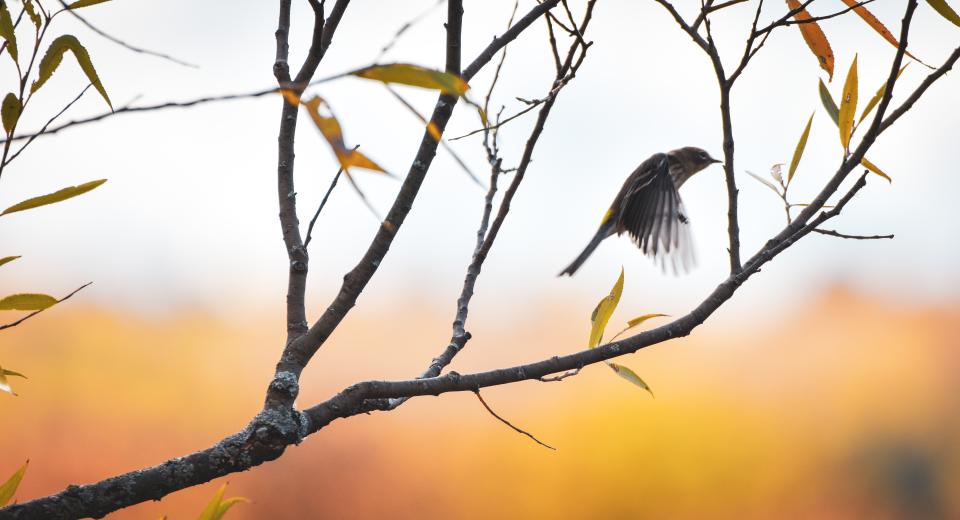
As I approached my car, a flurry of movement along the road caught my eye. When the birds sat still for a second, I realized it was a handful of White-crowned Sparrows. A Yellow-rumped Warbler was also jumping about from branch to branch. But they all soon vanished into the marsh so I headed over to the accessible viewing platform on Giddings Road. Here, a wide, gentle 300-foot path leads to a platform that overlooks a 180-degree view of the marsh. Talk about a bird's eye view!
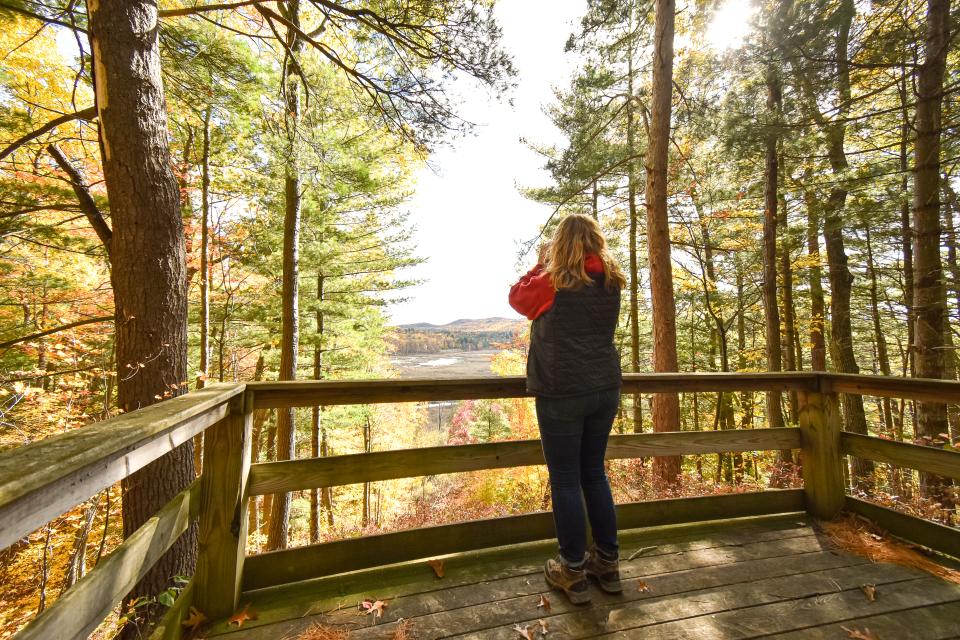
End of the day
I decided to make a few other stops before heading home for the day. In Plattsburgh, I stopped at the mouth of the Saranac River, where I found a lot of birds resting in the shallow water. Honestly, it was a lot of gulls: Ring-billed Gulls, Great Black-backed Gulls, a solo Bonaparte’s Gull, and Herring Gulls all made an appearance. But there were also Mallards, Black Ducks, and Common Mergansers milling about. I guess it was time for a game of duck, duck ... gull!
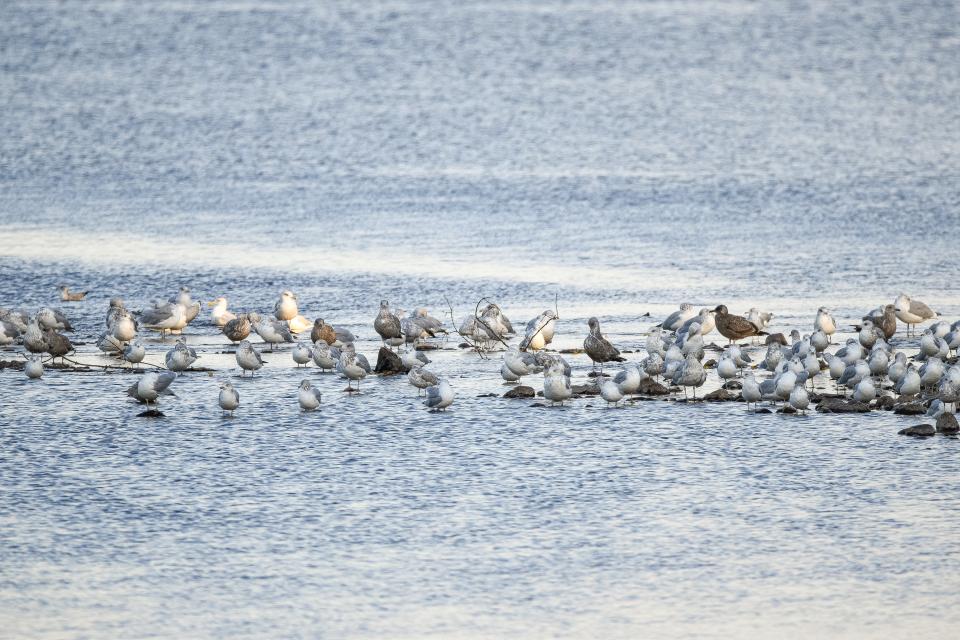
Ready. Set. Bird!
Fall is a great time to start birding! And the Lake Champlain Region is the perfect place to go! If you’re ready to leave the nest and start your fall migration, be sure to grab a bite to eat first. You don’t want to start your journey on an empty stomach.
